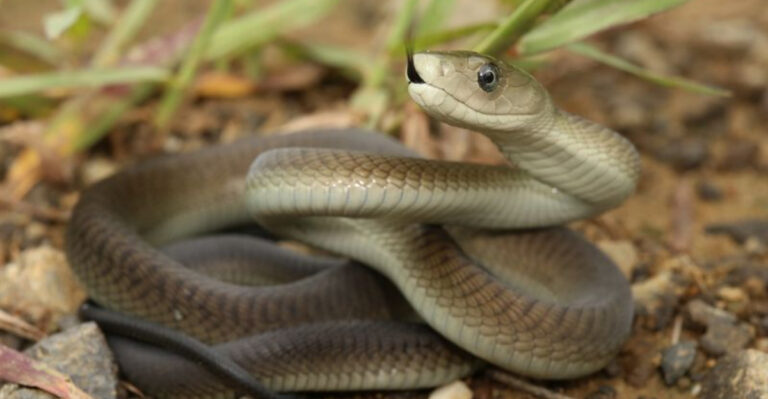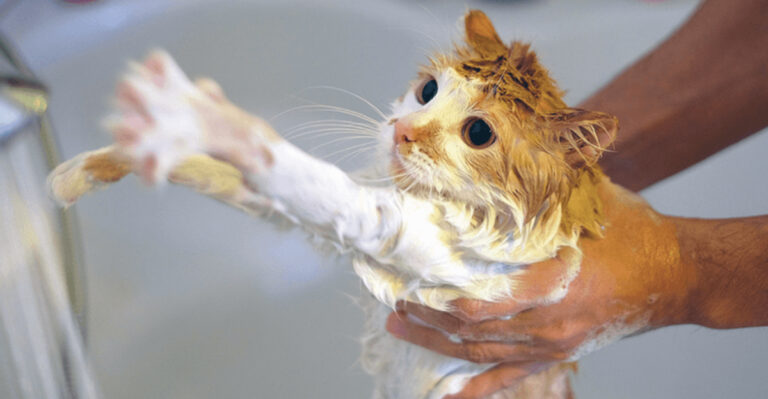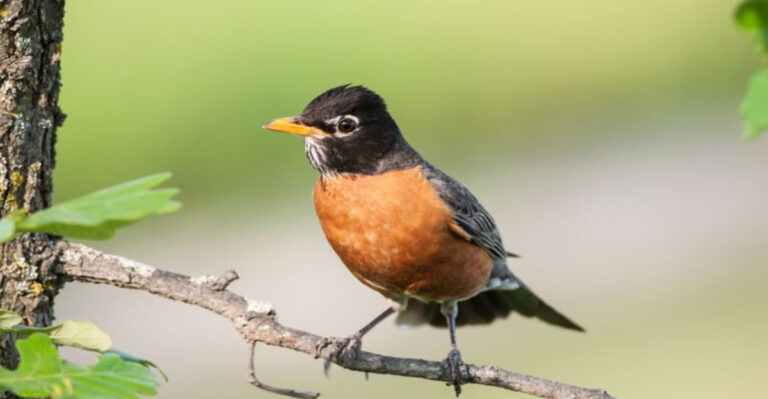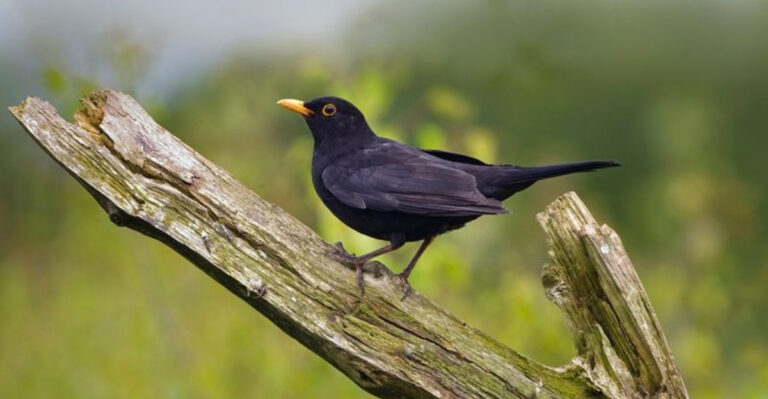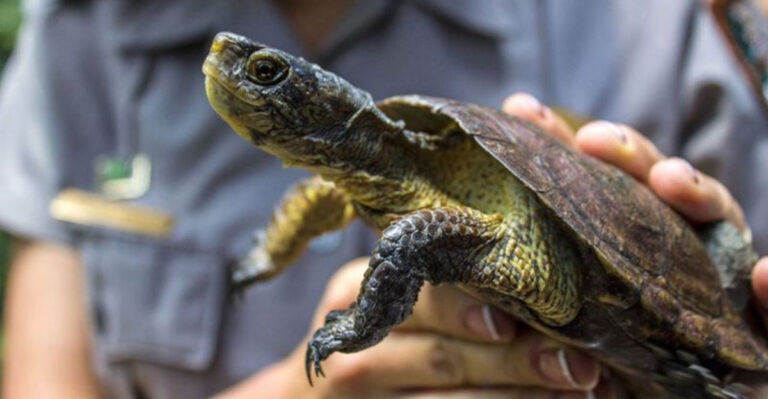The Moon Mysteriously Affects These 14 Wild Animals, Here’s How
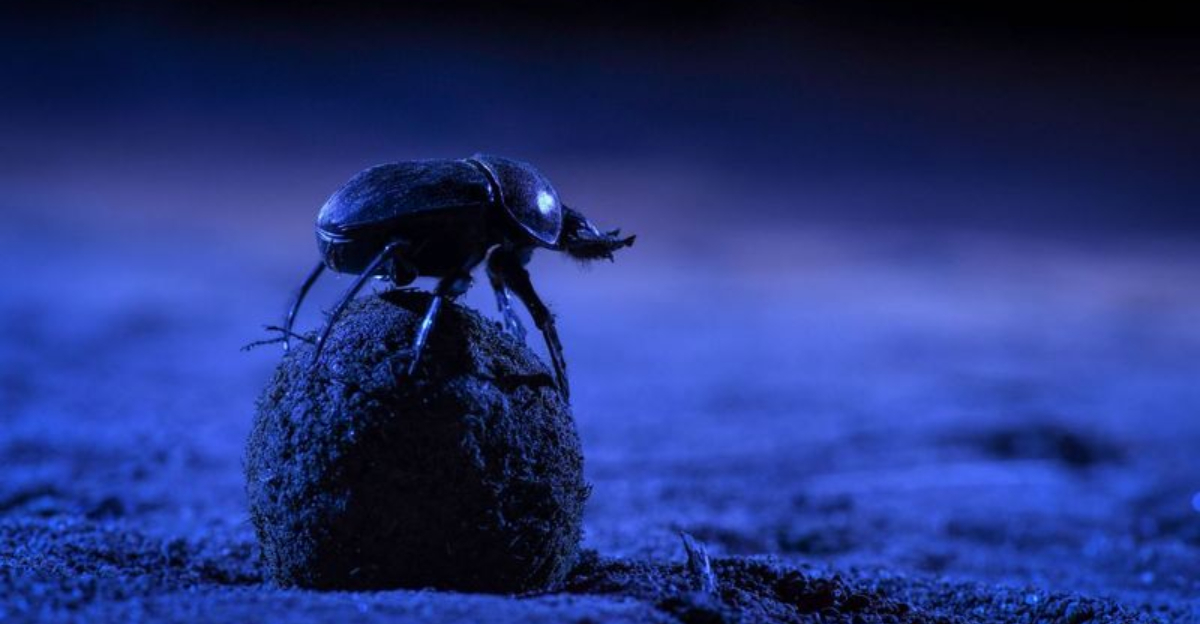
The moon, Earth’s celestial companion, has fascinated humans for millennia with its ethereal glow and gravitational pull.
What many people don’t realize is how profoundly it influences wildlife behavior across our planet. From breeding cycles to hunting patterns, the moon’s phases trigger remarkable changes in numerous species.
1. Coral’s Moonlit Romance
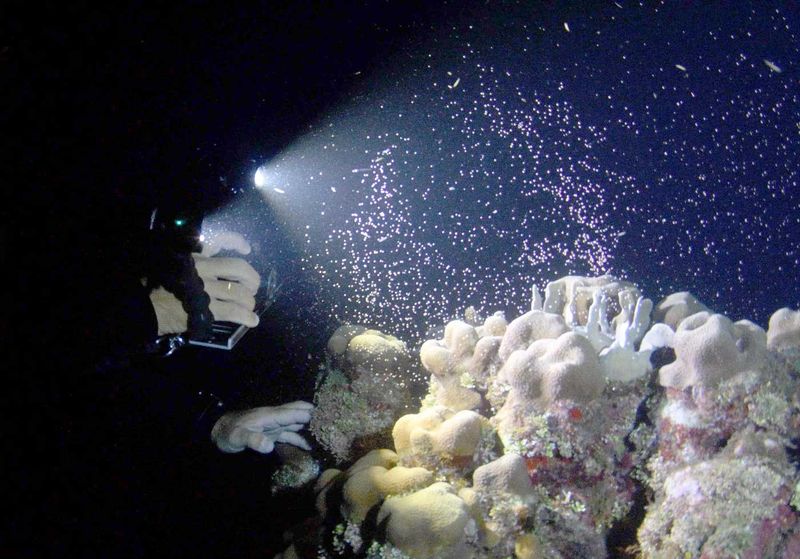
Corals engage in one of nature’s most spectacular synchronized events during full moons. These reef-building creatures release billions of eggs and sperm into ocean waters simultaneously, turning the sea into a snowstorm of reproductive cells.
The timing is so precise that entire reef systems spawn on the same night, typically after the full moon in late spring or early summer. Scientists believe moonlight triggers special photoreceptors in coral tissues that kickstart this reproductive marathon.
2. Grunion’s Silvery Beach Dance

California grunion perform a mesmerizing moonlight ritual that seems straight from a fantasy novel. These silvery fish ride waves onto beaches during specific spring and summer nights following full or new moons.
Female grunion wiggle tail-first into sand to lay eggs while males curl around them to fertilize. The next high tide, timed to lunar cycles, washes hatched babies back to sea. Beachgoers gather with flashlights to witness this extraordinary spectacle without disturbing the ancient dance.
3. Dung Beetles’ Celestial Navigation

Tiny dung beetles are surprisingly sophisticated astronomers. After collecting precious dung, these determined insects roll their treasures away in straight lines by orienting themselves using the moon’s position.
Research shows they can detect the polarization pattern of moonlight, allowing navigation even on cloudy nights. When scientists placed beetles under planetarium domes with artificial moons, the beetles adjusted their direction accordingly. Without lunar guidance, they wander aimlessly, risking theft of their hard-earned dung balls.
4. Lion’s Lunar Hunting Advantage
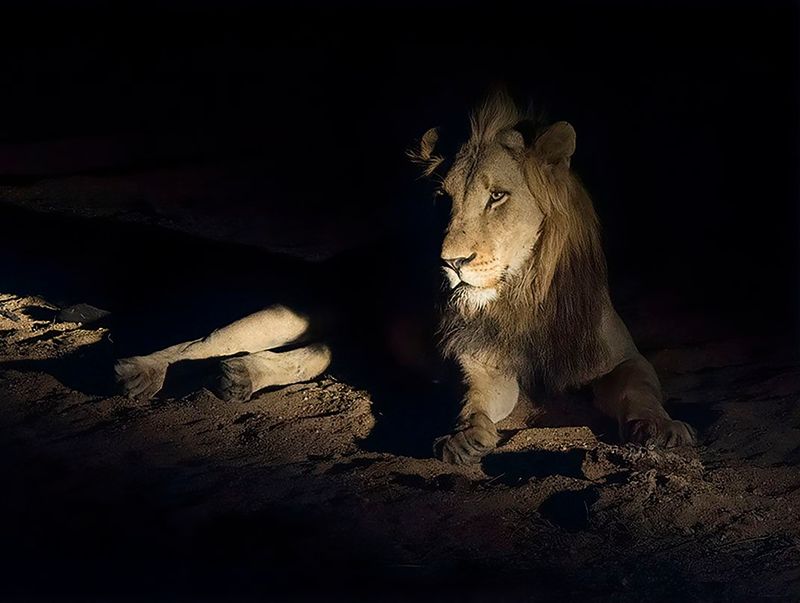
Moonlight transforms African savannas into lion hunting grounds with surprising results. Research tracking lion predation success reveals they’re most lethal during the darkest nights after the new moon.
When moonlight illuminates the landscape, prey species like zebra and wildebeest can spot approaching predators more easily. Lions compensate by increasing hunting efforts during brighter nights, but their success rate drops significantly. The lunar cycle creates a monthly rhythm of feast and famine for these iconic predators.
5. Sea Turtles’ Moonlit Homecoming
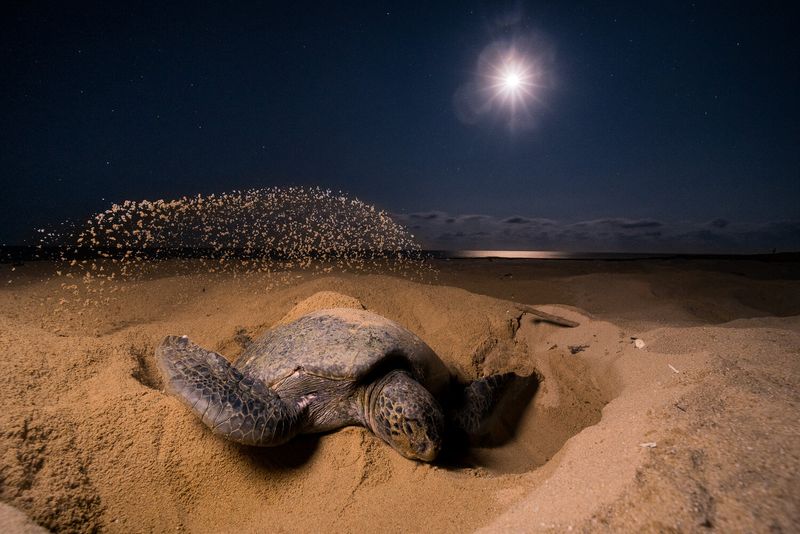
Baby sea turtles hatch with an innate understanding of lunar navigation. After emerging from sandy nests, these tiny reptiles instinctively scramble toward the brightest horizon—naturally the moonlight reflecting off ocean waters.
Artificial lighting near beaches tragically disrupts this ancient guidance system, often leading hatchlings inland toward roads instead of sea. Conservation efforts now include special beach lighting regulations during hatching season. Female turtles also prefer laying eggs during darker phases of the moon to avoid predator detection.
6. Scorpions’ Ultraviolet Glow
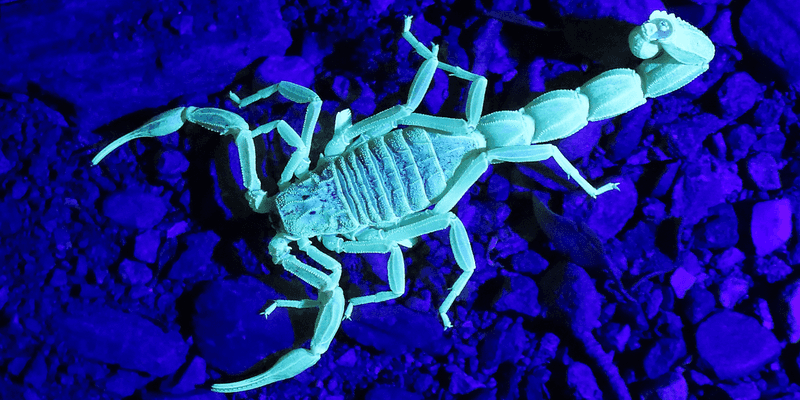
Scorpions harbor a mysterious secret that only reveals itself under moonlight. Their exoskeletons contain chemicals that absorb ultraviolet light and emit a brilliant blue-green glow when exposed to the moon’s UV rays.
Biologists remain puzzled about the evolutionary purpose of this fluorescence. Some theories suggest it helps scorpions detect moonlight exposure, prompting them to seek shelter. Others propose it might attract prey or serve as camouflage. Researchers use blacklights to mimic this effect when studying these arachnids at night.
7. Owl’s Silent Lunar Advantage
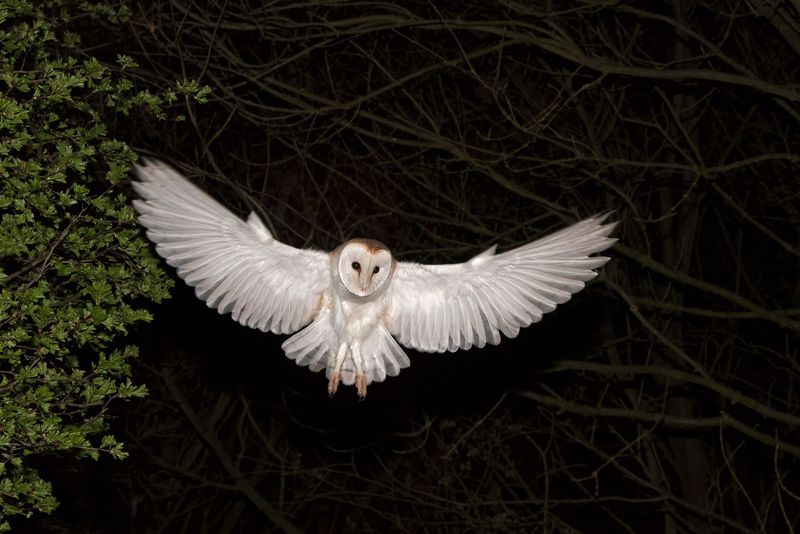
Barn owls exploit moonlight with deadly precision during their nighttime hunts. Their specialized vision, with eyes containing five times more rod cells than human eyes, allows them to detect the slightest movements in even minimal moonlight.
Studies reveal hunting success rates increase dramatically during brighter moon phases. Their ghostly white undersides reflect moonlight downward, potentially blinding prey looking up. The moon essentially becomes nature’s spotlight for these efficient predators, illuminating unsuspecting mice and voles scurrying below.
8. Palolo Worms’ Synchronized Spawning
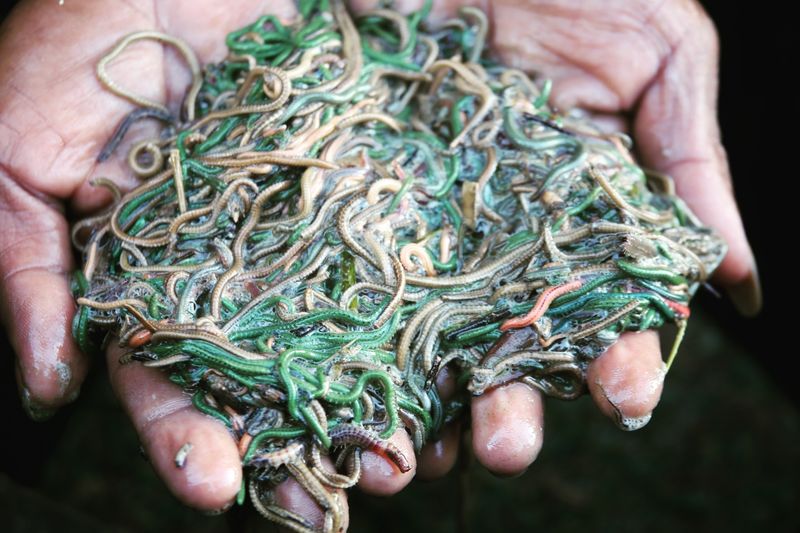
Pacific Islanders have long harvested palolo worms during their predictable lunar-timed emergence. These marine creatures synchronize their remarkable reproductive cycle with specific moon phases in October and November.
During the last quarter moon, the worms’ rear segments break off and swim to the surface, filled with eggs or sperm. Local cultures consider these protein-rich reproductive segments a delicacy. The timing is so precise that festivals are planned around these lunar events, with the exact spawning night predictable months in advance.
9. Badgers’ Moonlit Social Gatherings
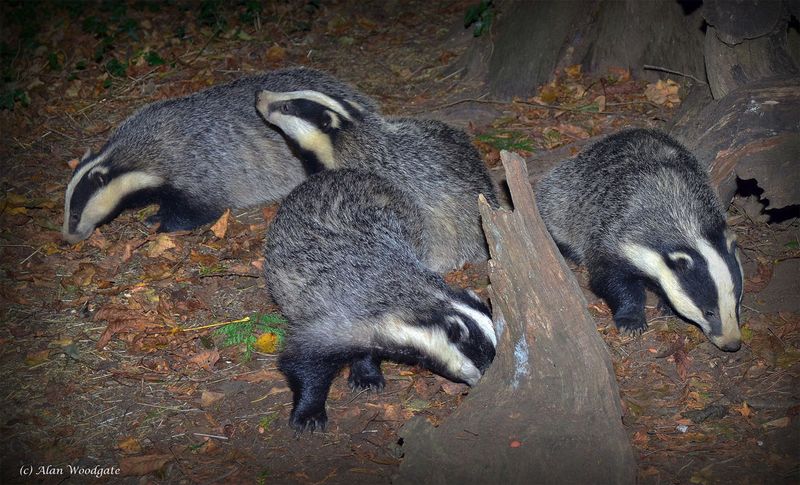
European badgers become surprisingly social creatures under the full moon’s glow. These normally solitary animals engage in increased grooming, play, and social interactions during brighter nights.
Researchers tracking badger activity discovered they spend up to 40% more time outside their setts during full moons. The extra light appears to create safer conditions for communal activities like territory marking and group foraging. Young badgers particularly benefit from these illuminated nights, gaining crucial social skills through extended play sessions.
10. Plankton’s Vertical Moon Dance
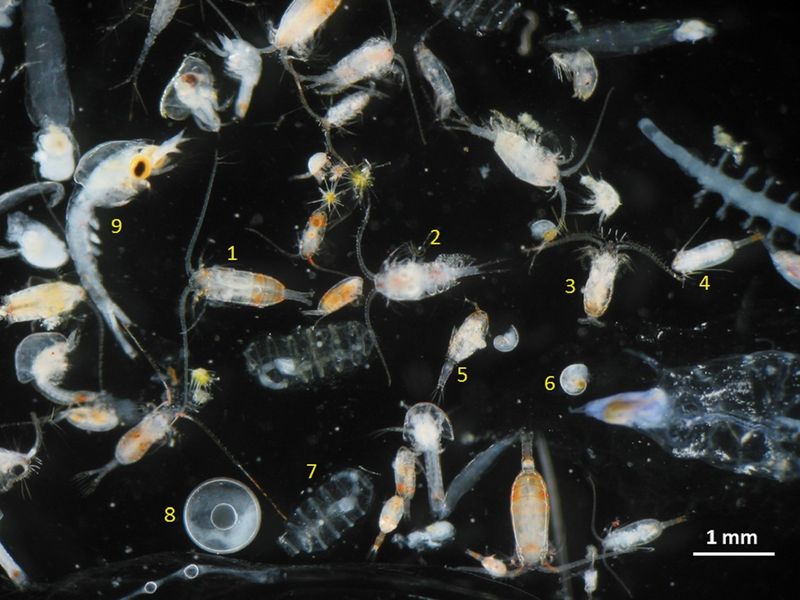
Moonlight orchestrates one of the ocean’s most massive movements—the vertical migration of plankton. These microscopic organisms sink deeper during full moons to escape predators that hunt by sight in the enhanced illumination.
Scientists tracking this phenomenon have documented descents of up to 100 meters during bright nights. This monthly rhythm impacts entire marine food webs, affecting everything from fish feeding patterns to carbon sequestration. Satellite imagery can actually detect changes in ocean surface characteristics related to these lunar-driven plankton movements.
11. Nightjars’ Moonlight Feeding Frenzy
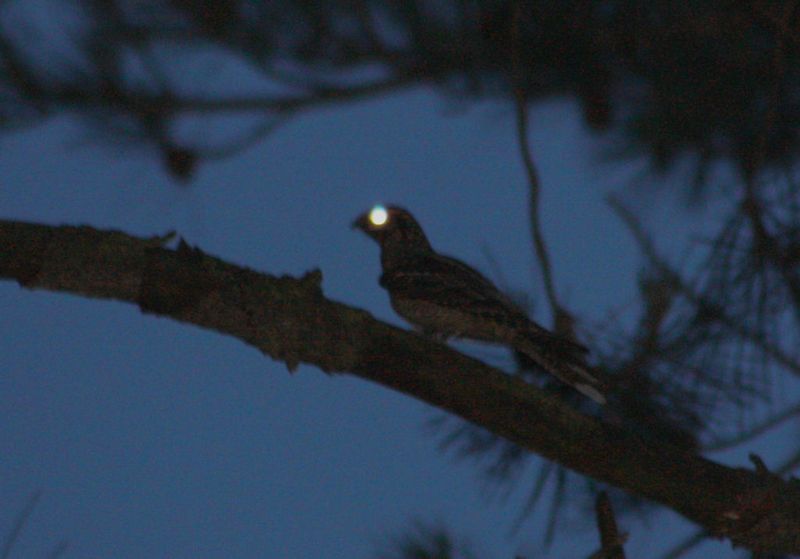
Nightjars time their insect hunting to the moon’s schedule with remarkable precision. These nocturnal birds increase foraging activity during full moons when visibility allows them to spot flying insects more easily.
Their wide mouths and specialized bristles around their beaks form perfect insect-catching nets as they swoop through moonlit clearings. Researchers have recorded up to 300% more feeding attempts during full moon nights compared to new moons. Some species even synchronize breeding so chicks need maximum food during the brightest lunar phases.
12. Wolves’ Howling Lunar Connection
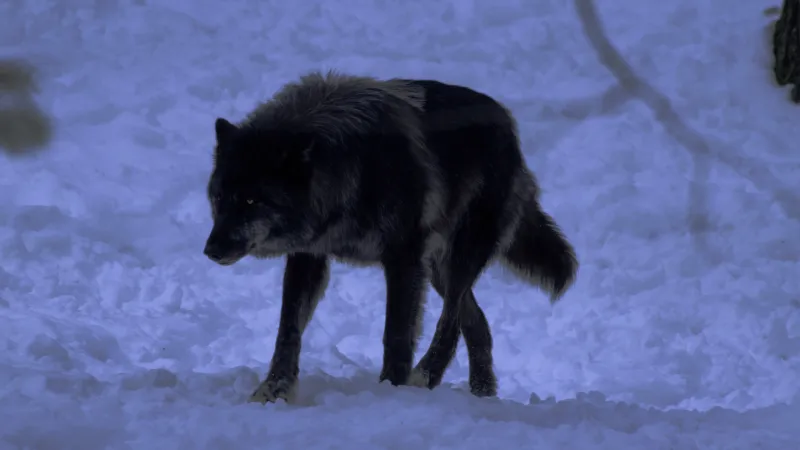
The image of wolves howling at the moon isn’t just folklore—it contains a kernel of truth. While wolves don’t actually howl at the moon itself, they become more vocally active during brighter nights.
The practical reason? Moonlight improves hunting success and pack coordination. Their howls can travel up to ten miles, helping scattered pack members reunite. GPS collar studies show wolf movements increase by nearly 30% during full moons, with hunting parties traveling farther and communicating more frequently.
13. Galapagos Iguanas’ Moonlit Meals
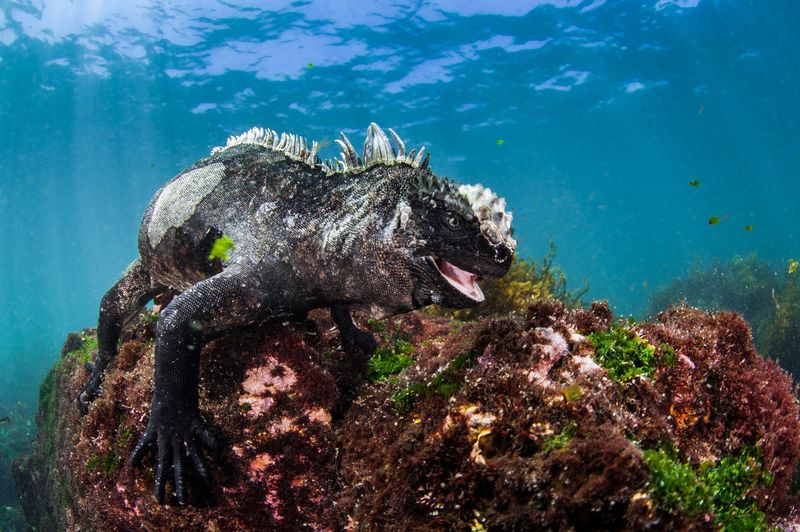
Marine iguanas of the Galapagos Islands adjust their feeding schedules based on lunar cycles. During full moons, these unique reptiles take advantage of extremely low tides to reach normally inaccessible algae beds.
The moon’s gravitational pull creates lower-than-normal tides during full and new moons, exposing rich feeding grounds. Researchers observed larger groups gathering on specific rocky outcrops during these lunar-influenced low tides. Their dark bodies absorb moonlight heat, allowing extended nighttime foraging impossible during other lunar phases.
14. Fireflies’ Synchronized Light Show
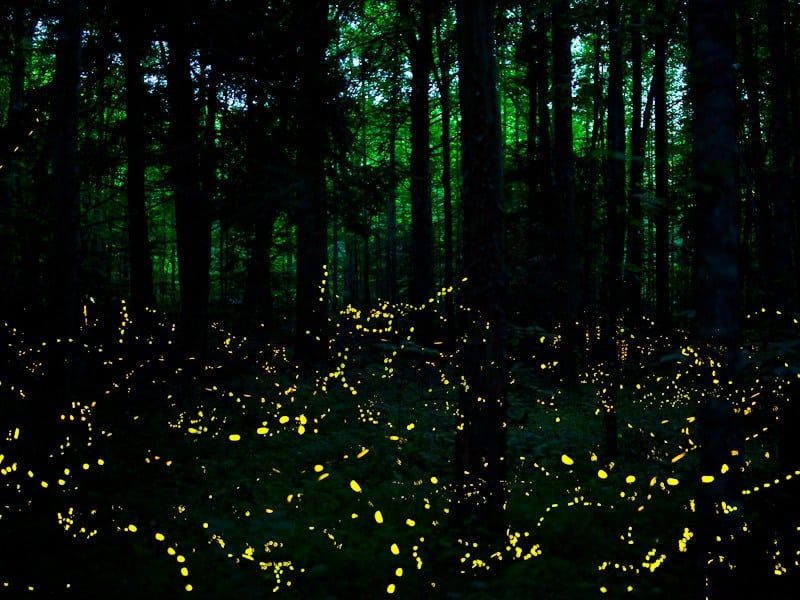
Certain firefly species coordinate their flashing displays with lunar cycles, creating nature’s most enchanting light shows. The famous synchronous fireflies of the Great Smoky Mountains peak their performance during the new moon phase.
The darkness of moonless nights makes their bioluminescent courtship signals more visible to potential mates. Thousands flash in perfect unison, creating waves of light through forest understories. Scientists believe they use internal biological clocks calibrated to lunar cycles to achieve this remarkable synchronization across entire populations.

